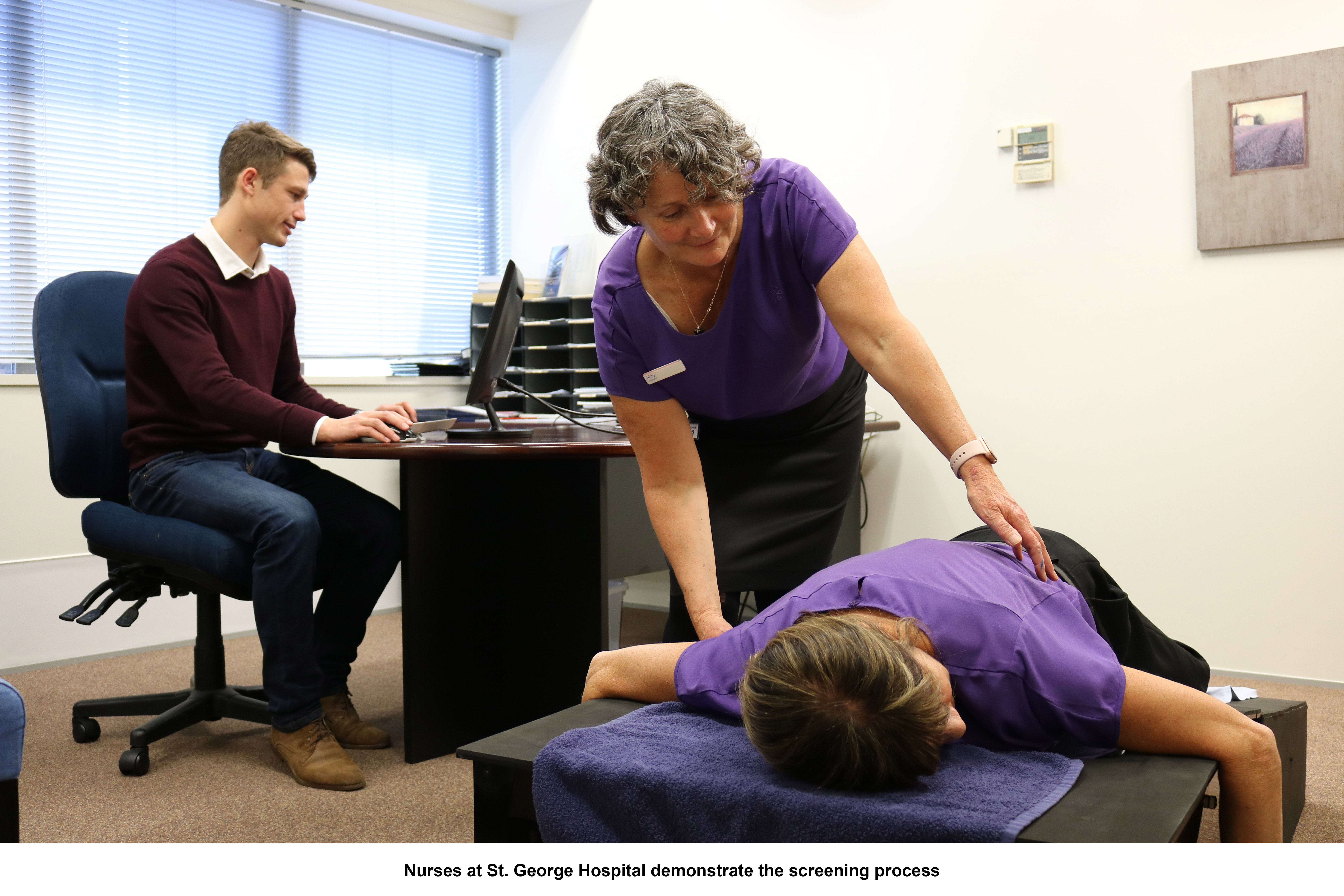We sat down with Zane Ormsby, who is a Development Engineer at Powerhouse's Portfolio Company Tiro Medical, to ask him some questions about the technology, his role in the business and how Powerhouse has helped Tiro.
Keep reading for the full interview.
What is Tiro Medical?
Tiro Medical is a company in the medical device sector, currently focusing to commercialize two main technologies, one is a breast cancer screening system and the other is a decision support tool for use in Intensive Care Units (ICU's). The basis of both these technologies originates from research at the University of Canterbury’s biomedical engineering department.
Why is the company called Tiro?
Tiro is the Maori word for ‘to investigate’ or ‘to inspect,’ and it is a good reflection of our company and what we are doing.
Where did the (Breast Screening) technology come from?
It came from the University of Canterbury, and started off in 2004 as a series of research projects performed by a number of Masters and PHD students, all involved with different aspects of the device. After a decade of research the technology was sufficiently developed to warrant commercialisation and Tiro Medical was formed in 2014.
How many types of tech are held as IP by Tiro?
There are two families of technology within the company, those related to breast cancer screening and those related to intensive care.
The technology for the breast cancer screening system is split into three aspects; image capturing, the conversion of these images to measured motion, and the analysis of this motion through a diagnostic algorithm to indicate cancer. The breast cancer screening system is the initial technology which our company started developing.
The ICU platform is focused upon creating decision support tools for ICU clinicians, improving patient care whilst simultaneously reducing workload and healthcare costs. This technology focuses upon the processing of currently available digital data to provide insightful, clinically valuable and previously unavailable information to ICU clinicians.
Both these technologies were invented are the University of Canterbury, we have a strong relationship with the University, particularly the bio-engineering department is important to us. Mutually I think the university values our relationship too as they acknowledge commercialization can be an important part of getting great research into practice. If new research pops up at the university we usually know about it.
Can you explain your role in the business from the beginning?
I started off in doing a summer scholarship project at UC, where this was part of my practical work. I had heard about the breast screening project around the uni and it sounded interesting, therefore I signed up for that for about 3 months. This was focused on clinical diagnostics, and it was good to familiarise with the project itself, to help understand the system and what the parts of the design were etc.
At this time Tiro had formed, and Marcus was there, it was also good to get to know him and in the same way he got to know me.
After that, I was in my final year of uni and I did a final year project with Tiro that focused on another aspect of the system – it was more of a design project. I worked on the project for a year and still really liked both Tiro and what they were doing. I got part-way through that year and dropped hints about whether Tiro had any jobs going. They later started advertising for an available Development Engineer position– it was very convenient. I applied for that and managed to get it.
When I started I took on a software role specifically in computer vision. This focused on improving our software interpretations of images to provide higher accuracy measurements of motion. Since then I’ve been involved in a number of projects related to different aspects of the system.
It’s been great being part of a small company, because you get thrown into those responsibilities. It challenges your skills and you learn to form solutions for a variety of projects.
How was Powerhouse involved in Tiro?
Powerhouse initially identified the IP for the project, where a lot of the groundwork was undertaken in identifying it as a commercially viable technology. Powerhouse also provided the seed funding, back in July 2014 when Tiro started. Marcus, my boss, initially worked for Powerhouse and he ended up becoming the CEO of our company. Powerhouse really helped out with getting the company started.
In the past 6 months specifically, how has Powerhouse helped Tiro?
Marcus has been focused on the business aspects of the company. It’s interesting to hear about and be exposed to the business aspects, but it’s also good to be able to solely focus on my own area of engineering.
Within the past 6 months the Shareholders have approved changes to the governance documentation and capital structure of the Company, all targeted at facilitating our current Series A round, now underway.
Any further comments?
From my perspective, the close ties Tiro has with the University, meant I was able to determine if the company was a good fit for me through a number of projects. I was much more informed than if I had just had an interview. Likewise Tiro could screen me and work out what I was really like.
We continue to do a lot of research projects at the University, and have students come through, which is great.


